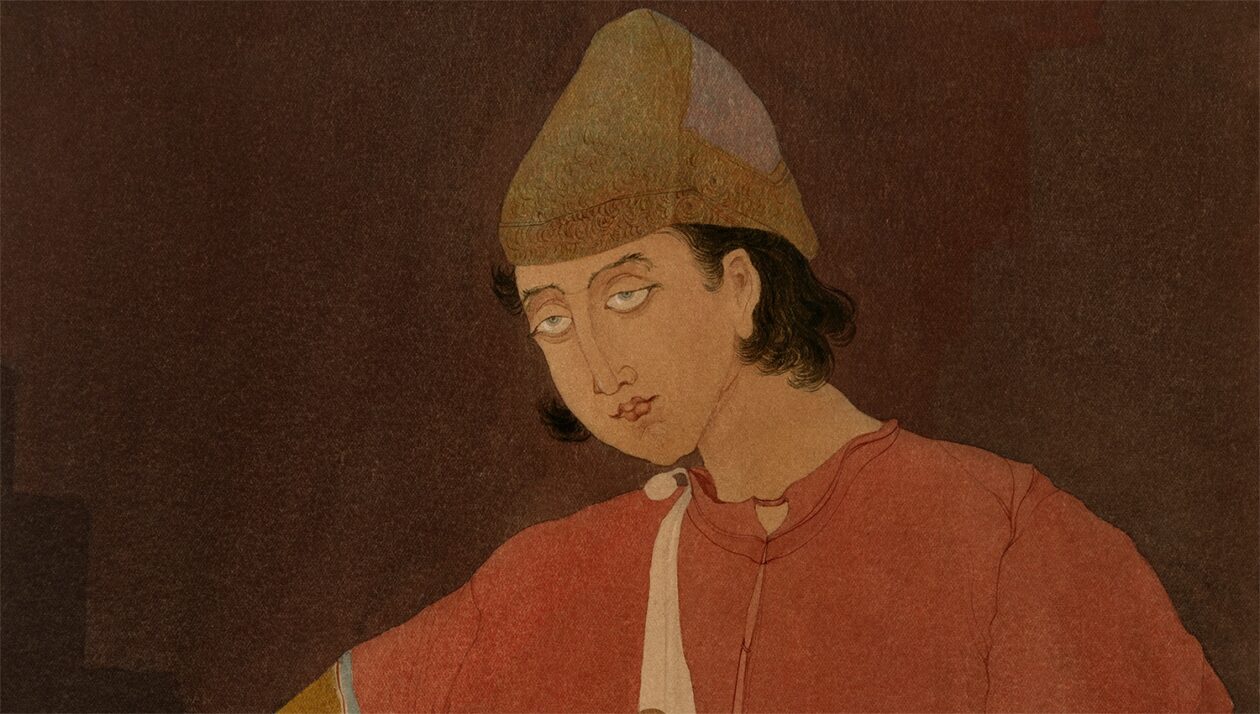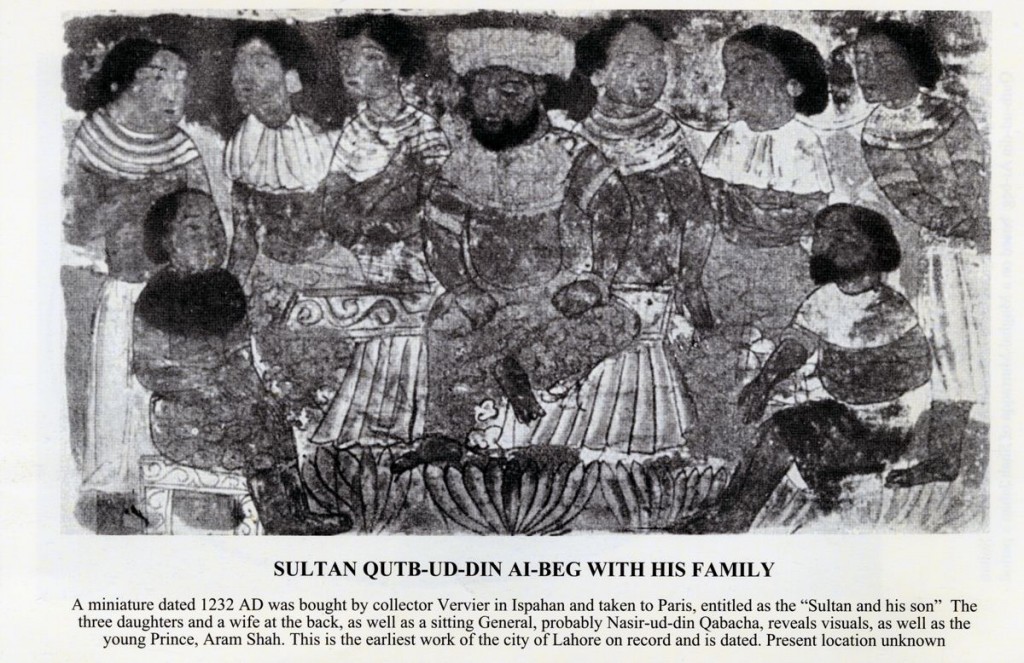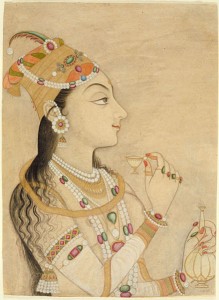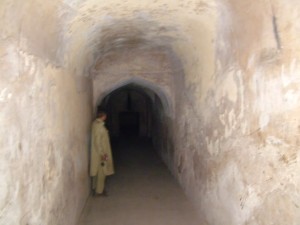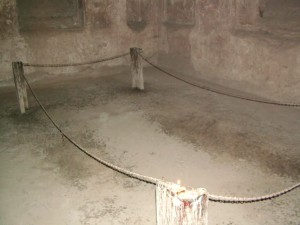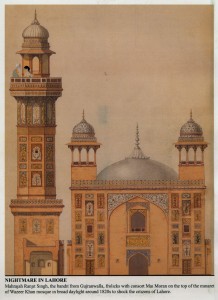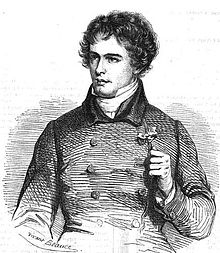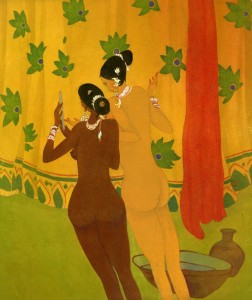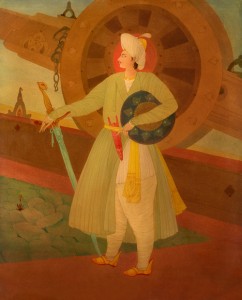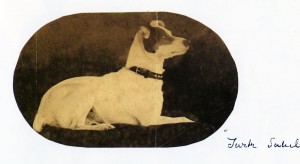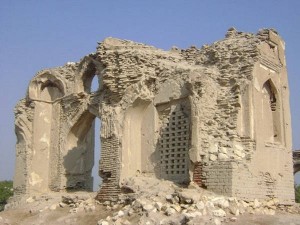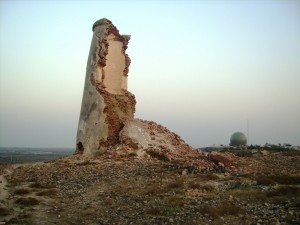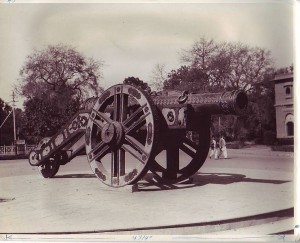SARCOPHAGUS IN NAWAB ASIF KHANS MAUSOLEUM
IS IT REALLY HIS?
Fresh thoughts on a neglected monument
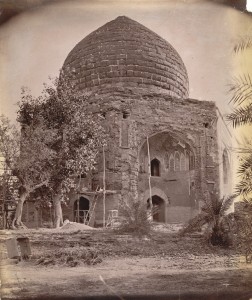
The complex in Lahore with mausoleums of Emperor Jahangeer, Nawab Asif Khan and Empress Nur Jahan is the most unique and beautiful Mughal enterprize of the region. Every Head of State who visited Pakistan was taken to this important site. The tea parties, lunch parties and picnics were all a part of this complex. As the Mughals would have wanted it, a place containing dead bodies was made into a living place of human interaction. In real terms PARADISE itself.
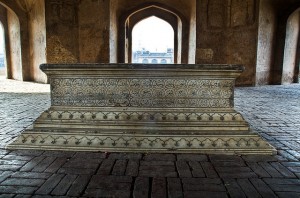
The complex would have remained as it was, if not for the intervention of the Sikh ruler, Ranjit Singh in Lahore. Hungry for bricks and marble, he ruthlessly destroyed the complex. It is a real surprise how the small enclosure of Emperor Jahangeer was saved from extinction. Miracle in all ways! If it had remained, the dome of Asif Khan’s mausoleum was no less than the Taj Mahal of Agra, perhaps even grander. Our heritage destroyed by callous people insensitive to the legacy of mankind.

In the compound of the Asif Khan’s mausoleum as well as that of Nur Jahan, there lived an old man, a literal giant of a person, whose presence could scare everybody away from the site. Eventually he died and he too was buried in the compound somewhere. When the British Archaeological Department woke up, they had this compound cleaned of rubble collected over the decades. In the compound of Asif Khan, they came across a sarcophagus of the Royal kind. Immediately thinking of it as being the missing one from Asif Khan’s mausoleum, they put the huge stone outside its verandah. Fenced by barbed wire, it was there outside even in 1907 AD. As time passed, they saw it fit to put it as the Sarcophagus of Asif Khan. But to me there always was an issue?
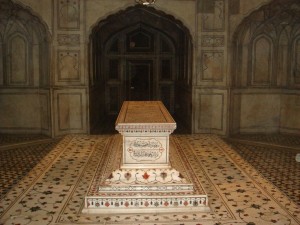
The sarcophagus at present in Nawab Asif Khan’s mausoleum is not proportionate to its surroundings. It is too small for its grand environment. If we see the sarcophagus of Emperor Jahangeer, it is not only very large, it also has the name of the Emperor on it. It’s identity is hundred percent proven fact. But there are no names on the one in Asif Khan, no dates, nothing. There were two sarcophagus in the Mausoleum of Empress Nur Jahan. One was hers own. The second (often attributed to her daughter Ladli Begum, who is actually buried in the compound of Khusrow in Allahabad, as even seen by historian Dr Abdullah Chaghatai) was the empty one, the Ashiq Mashooq concept. Designed by Empress Nur Jahan herself, the second sarcophagus represented her lost love Emperor Jahangeer. As a tribute to him, this one would be empty, and there would be no names on the sarcophagus itself. The Sikhs in their frenzy threw things here and there. The sarcophagus from the Mausoleum of Empress Nur Jahan got thrown in the compound of Nawab Asif Khan, from where it ended up as his own sarcophagus.
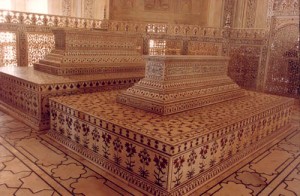
Then there is another question. The size of the Emperor’s sarcophagus was always bigger than the Queens, as shown in the sarcophagi of the Taj Mahal itself. We attach an image to show the difference between a male and a female’s sarcophagus. The sarcophagus of Nawab Asif Khan should have been much bigger in size, for everything in construction was then related to Euclidean principles, of which both Mir Abdul Kareem and Ustad Ahmad were Masters of those principles of architecture,.
Is this possible? Wishful thinking, merely. Not at all. This is hundred percent possible. But for this we need people who ask questions? Then they get answers. The whole Archaeological department no longer contain the stalwarts of the department. Just mere clerks now getting their pay, and going home. The relation with their legacy long gone.
